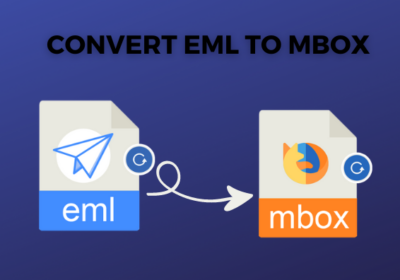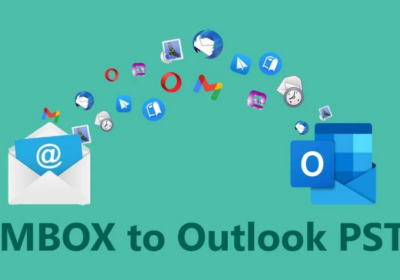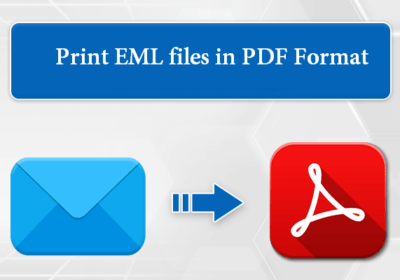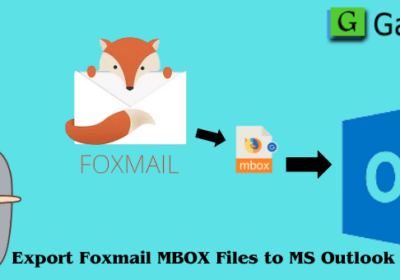
Why farmers must use technological advantages
Technological innovation in agriculture and farming is not a new thing. For hundreds of years, hand tools have been used in agricultural activities, but one day the industrial revolution led to the emergence of a cotton gin. The 1800s brought about the first elevators, chemical fertilizers, and the first gasoline-powered tractor. By the late 1900s, farmers are starting to use satellites to plan their activities.
The development of agriculture in the near future will become one of the most promising world directions, according to the UN Food and Agriculture Organization. Experts also report that to meet the needs of the growing population by 2050, the world will need 70% more food than was produced in 2006. In order to meet this growing demand, farmers as well as agricultural companies are looking for opportunities to grow plants and animals with fewer resources and less impact on the environment. Notably, if farmers in developed countries, like the and countries of European Union, often have access to modern farming technologies, developing nations still lack even basic things like tractors and fertilizers.
Possible technological advances
Currently there are 7 main areas of contemporary technology that can impact agriculture in the nearest future:
- Wireless technologies
Wireless technologies will simplify operational processes and application of technical equipment. Enable 24/7.
- Livestock RFID
Special radio frequency sensors will help in automatic identification of objects. You can learn everything about a cow with such a sensor, from the date of birth to the name of the breeder. The sensors will also help control outbreaks of diseases in livestock.
- Process automation
Data from the devices is transmitted to the main , which will allow the farm owner or manager to quickly monitor the state of sowing, animal health and other indicators.
- Office automation
Automation of office work will increase the efficiency of cooperation both within the agricultural enterprise and in relations with customers and partners, such as suppliers or retailers.
- Internet applications
Internet applications can give farmers tips and tricks, thereby helping to garden and livestock, track the status of equipment, etc.
- Geographic information systems
With the help of geographic information systems, you can get accurate geodetic data (relief, soil conditions). This is one of the tools for precision farming.
- Global Positioning Systems (GPS)
The GPS technology is not new but it will enable conventional farms to create an accurate field map without the help of a professional cartographer.
The modern farming
The is the most essential thing for taking agriculture to the next level. Smart equipment is spreading rapidly among farmers. Modern agriculture is based on a detailed measurement of all processes occurring on the site, and high technologies in it are becoming a standard due to the widespread use of sensors and analytical systems.
For example, sensors installed in the fields allow farmers not only to obtain detailed topographic and resource maps in a specific area, but also to assess indicators such as soil acidity and temperature. They can also access weather data to predict weather conditions for the coming days and weeks.
And with the help of smartphones, farmers can monitor equipment, crops and livestock, as well as receive statistics on animal feeding and production, predict the growth of crops and livestock.
Modern allow you to instantly monitor land and collect data on the state of the crop. As a concrete example, , one of the biggest names in agricultural machinery, began connecting its tractors to the Internet and created a method for displaying yield data to farmers, while mastering automated tractor operation allowed for more focus on other tasks, which led to an increase in the production efficiency of the farm almost doubled.
Concluding commnet
The technological future of agriculture lies in the collection of vast amounts of data, the analysis of that data will allow the industry to maximize its efficiency. Ensuring sustainability and eradication of world famine in the nearest future. But in order to achieve this, developing countries will also have to adopt modern technologies and invest in them. The same time developed nations must support less developed ones in this process. It is extremely important to bring technological benefits to the entire world population.
















